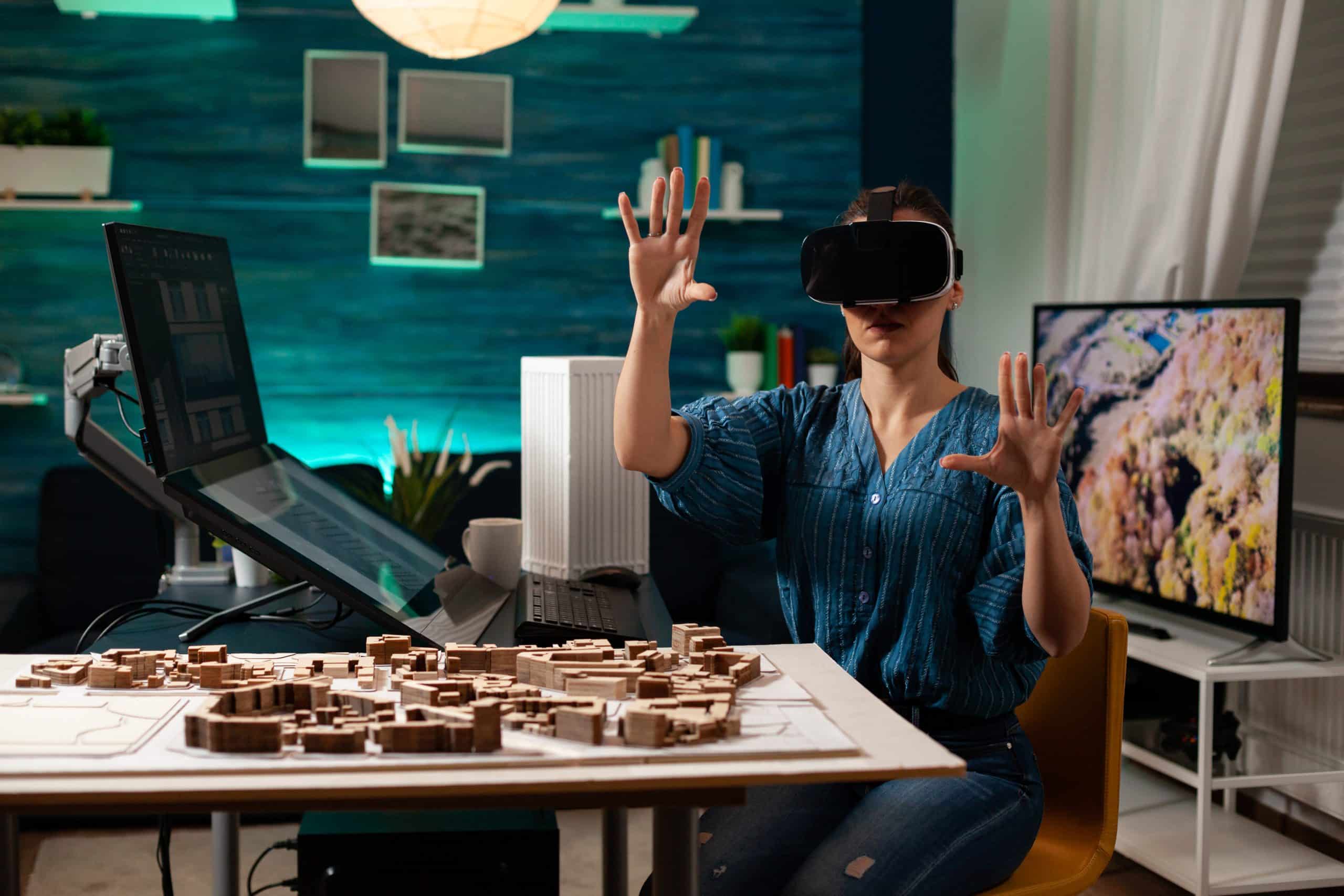How Can Virtual Reality Be Used in Innovative Ways in Education?

In the modern world where technology is rapidly advancing, educators are persistently seeking innovative methods to engage students in learning. This article will explore the various ways in which virtual reality, a stunning piece of technology, can be used to revolutionize education and create immersive learning experiences for students. This insight comes in a time when the old chalk and board methods are increasingly becoming obsolete. It is evident that the traditional learning environment is being outshone by the integration of technology in education, and virtual reality stands as a clear frontrunner in this race.
The Virtual Reality Classroom
The concept of a virtual reality classroom might seem like something out of a science fiction novel but it is increasingly becoming a reality. Virtual reality, commonly referred to as VR, is a technology that uses headsets or multi-projected environments to generate life-like images, sounds and other sensations that simulate a user’s physical presence in a virtual environment. This technology can be harnessed to create immersive, interactive educational content.
Avez-vous vu cela : How can urban design promote social inclusion and reduce crime rates?
Current education systems often struggle with keeping students interested and engaged. However, VR has the potential to solve this issue. By immersing students in the topic at hand, it creates an environment where learning is fun, engaging, and most importantly, impactful.
For instance, instead of reading about the Great Wall of China, students can take a virtual tour, experiencing its grandeur and understanding its historical context better. This style of experiential learning can significantly enhance understanding and retention of content.
Avez-vous vu cela : What Are the Latest Trends in Advanced Robotics for Manufacturing?
Virtual Reality and Skill Acquisition
Virtual reality is a fantastic tool for skill acquisition. It can be applied in various training scenarios where real-life practice can be dangerous or expensive. VR helps learners to acquire skills in a safe, controlled, and immersive environment.
For instance, medical students can practice surgery in a virtual reality environment before performing on a real patient. This can significantly reduce risks associated with training. Similarly, aviation students can learn how to fly an aircraft in a VR setup before they ever step foot in an actual cockpit.
Moreover, VR can offer expertise in soft skills training such as public speaking, negotiation, and leadership. By simulating real-life situations, it provides an opportunity for learners to practice, make mistakes, learn, and improve.
The Role of Virtual Reality in Content Delivery
Virtual reality can transform the way educational content is delivered to students. Instead of textbooks and videos, VR can enable students to interact with the content in a realistic and engaging way.
Traditionally, the content delivery in education has been one-dimensional. However, VR allows educators to create three-dimensional content that learners can interact with. For example, students studying astronomy can explore the universe, planets, and galaxies virtually. Such realistic and immersive experiences can make learning more enjoyable and meaningful.
Expanding Access to Education Through Virtual Reality
One of the most remarkable potentials of virtual reality in education is its ability to expand access to learning. With VR, learning is no longer confined to the physical boundaries of a classroom. Instead, it can happen anywhere at any time.
This technology can enable students in remote or under-resourced regions to access high-quality education. All they need is a VR headset and an internet connection.
Additionally, virtual reality can help learners with special needs. It can be tailored to their learning styles, making education more inclusive and accessible.
The Future of Education is Virtual
VR technology is still in its infancy, and its full potential in education is yet to be realized. However, it is clear that virtual reality is transforming the field of education in profound and exciting ways.
As VR technology becomes more accessible and affordable, it will become an integral part of education. It will change the way we learn, making education more immersive, engaging, and fun.
As we move further into the 21st century, the virtual classroom will become the new norm. Students will learn by doing, experiencing, and exploring, rather than simply reading or listening.
In conclusion, virtual reality is not just a tool for gaming or entertainment. It is a powerful educational tool that can transform the way we learn. It is a technology that is shaping the future of education and is set to revolutionize the learning experience.
Integrating Virtual Reality and Traditional Education Methods
Integrating virtual reality with traditional learning methods has the potential to create a harmonious blend of new and old, offering significant benefits to education.
In this model, the traditional chalk and board method is not entirely discarded. Instead, it’s combined with VR to provide a comprehensive learning experience for students. For example, students can first learn about a historical event in a traditional classroom setting and then use VR to travel back in time and witness the event. This kind of experience helps students to understand and retain information better.
Moreover, virtual reality can also give a new dimension to homework and assignments. Instead of writing essays and answering questions, students can create virtual projects. For example, students can design and build a virtual environment to demonstrate their understanding of a concept. This not only makes homework more exciting, but also helps students to develop creativity and problem-solving skills.
Another significant advantage of integrating VR with traditional education methods is the potential for personalized learning. With VR, educators can tailor the content and learning experiences to each student’s needs. This can help students who struggle with certain subjects or concepts to grasp them better.
In summary, while virtual reality is an impressive technology, it is most effective when integrated with traditional education methods. This combination can create a rich, immersive, and personalized learning environment for students.
Conclusion: The Transformative Power of Virtual Reality in Education
In conclusion, virtual reality is a game-changer in the educational sector. It brings education to life, making it more immersive, interactive, and engaging. Whether it’s virtual field trips to historical sites or practicing surgery in a risk-free environment, VR is transforming the way we teach and learn.
The ability of VR to create realistic, immersive learning experiences is unprecedented. It allows students to learn in ways that were previously impossible. Moreover, it can expand access to education, enabling students in remote regions or those with special needs to access high-quality education.
As we move further into the 21st century, it’s clear that virtual reality will continue to play a significant role in education. As the technology evolves and becomes more accessible, it will open up new possibilities for teaching and learning.
However, the integration of virtual reality in education should be done thoughtfully. It should complement, not replace, traditional learning methods. By doing so, we can harness the full potential of VR to create a comprehensive, effective, and enjoyable learning experience for students.
While the journey of virtual reality in education is just beginning, its impact is already profound. It is not just a trend or a fad; it’s a transformative tool that is reshaping the educational landscape. The future of education is indeed virtual.
